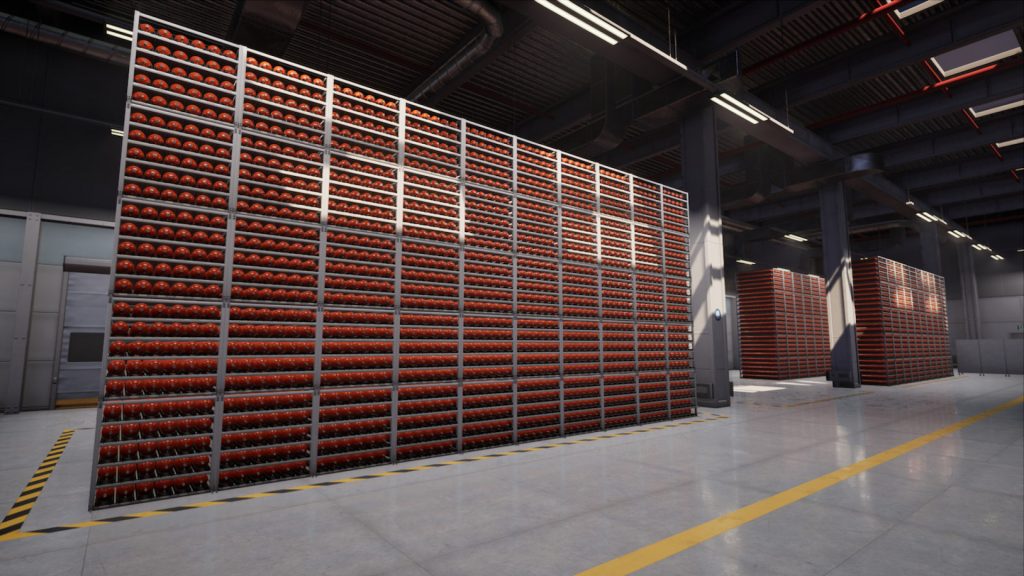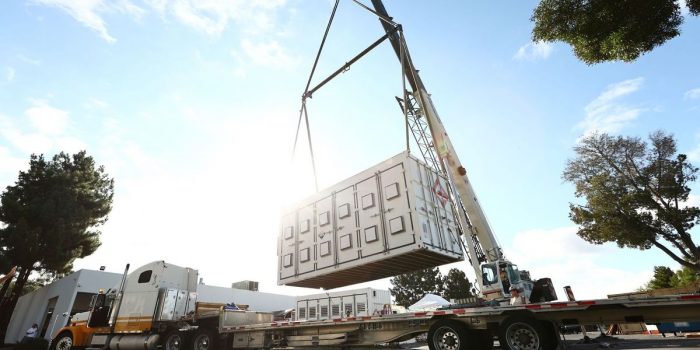With the rise of space tourism among the world’s wealthiest individuals and the looming threat of a global recession, there has been a predictable surge in arguments against public spending on space technologies. However, those advocating for halting space operations often overlook the tremendous benefits that these technologies bring to us here on Earth. Notable examples include GPS and the numerous satellites used to study climate change.
Adding to this list is the US-based firm EnerVenue, which is developing long-lasting and sustainable battery technology for terrestrial use based on NASA’s engineering and chemistry techniques employed for over four decades to power the International Space Station and the Hubble Space Telescope, among other missions. EnerVenue believes that its technology has the potential to replace conventional batteries in the long run. “Our technology is much safer than lithium-ion,” says EnerVenue CEO Jorg Heinemann in an interview with IE.

The inspiration for EnerVenue’s technology stems from the groundbreaking work of Stanford University professor Yi Cui, who serves as the startup’s chairman and chief technology advisor. Cui successfully adapted NASA’s long-duration nickel-hydrogen battery technology for practical applications on Earth by utilizing materials that significantly reduce costs.
Because of its capacity to survive difficult circumstances, such as quick and significant temperature swings, NASA’s nickel-hydrogen battery technology is perfect for space applications. These batteries are not only safe and long-lasting, but they are also entirely recyclable, do not generate hazardous waste, and do not constitute a fire danger. The biggest barrier to adopting this technology on Earth, however, has been its prohibitive production costs. Nonetheless, EnerVenue has devised a low-cost way of producing metal-hydrogen batteries and has gained significant interest from utility corporations and energy entrepreneurs.
“EnerVenue’s Energy Storage Vessels are currently being deployed at utility test sites across the United States,” Heinemann explained. “These sites serve to validate EnerVenue’s claims and act as precursors for grid-scale integration. Simultaneously, EnerVenue is catering to industrial markets, including customers in maritime operations, oil and gas, mining, and as a replacement for diesel in island-based applications.”

Furthermore, the business has revealed plans to build a one-million-square-foot Gigafactory in the United States especially for the production of Energy Storage Vessels batteries. These batteries can withstand over 30,000 recharge cycles and can operate for up to 30 years. EnerVenue foresee its technology aiding the development of intermittent renewable energy sources such as solar and wind in the short future.
“Storage plays a crucial role in capturing excess energy generation and utilizing it when needed, leading to a less carbon-intensive energy mix and a more stable energy supply,” emphasized Heinemann.
As arguments against space technology spending persist, the innovative applications and tangible benefits provided by companies like EnerVenue demonstrate the immense value that can be derived from NASA’s advancements for a sustainable and efficient future on Earth.


